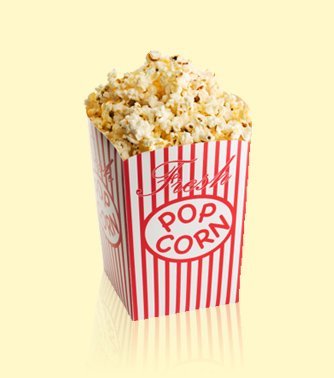The Firm
The firm is an organization engaged in the production of goods and services to consumers. Economists describe how firms operate in different markets ranging from perfect competition to monopoly. Depending on the market in which a firm resides, issues such as branding, collusion, price discrimination and the regulatory environment all play important roles in determining profitability.
Takin’ Care of Business
REAL WORLD EXAMPLES
See more examples in the
Sunk Costs
Building a new sports stadium is a good application of the principle of sunk costs. Many new professional stadiums have been built in the past few years to replace older stadiums. For example, Three Rivers in Pittsburgh and Veteran’s in Philadelphia were built in the early 1970s. They were constructed as multi-use facilities, each with an expected lifespan of 60+ years. However, in the early 2000s both were replaced. Each city built a new stadium with features that generate more revenue than the old stadiums did. Demolishing a structure that is still in good working order may sound like a waste, but it can be good economics. If the extra benefit of a new stadium is large enough to pay for the cost of imploding the old stadium and constructing a new one, it may make sense.
Merck’s Zocor
In 1985, pharmaceutical giant Merck released Zocor, the first statin drug for treating high cholesterol. The company spent millions of dollars developing the highly effective drug that has probably saved or extended millions of lives. It was highly profitable, generating over $4 billion in annual revenues before the patent ran out in 2006. Zocor is now available in an inexpensive generic formulation at a price that is 80-90 percent less than the original patent-protected price.
Would Zocor have been developed without patent protection? Probably not. Merck would have had little incentive to incur the cost of developing the treatment if the drug could be immediately copied by other companies. In this case, society benefits because of the two-fold nature of patents.
Concessions at the Movies
Have you ever wondered why it is so expensive to purchase snacks at the movie theater? The concession are is another way movie theaters practice price discrimination. To understand this, we need to think of two groups of customers: those who want to eat while they watch movies and those who do not. By limiting outside food and drink, movie theaters push people with inelastic demand for snacks to buy from the concession area. Of course, that does not stop some customers with elastic demand from sneaking food into the theater, but as long as some movie goers are willing to buy concession fare at exorbitant prices, the theater will generate more revenue.


